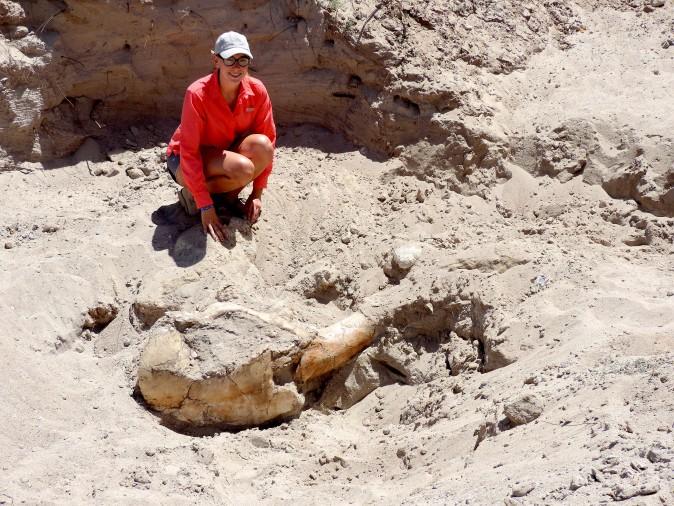Ten-year-old Jude Sparks was hiking in the desert near Las Cruces in New Mexico with his family in November when he tripped over something extraordinary—a large, well-preserved, 1.2 million-year-old fossilized skull.
“I was running farther up and I tripped on part of the tusk,” Jude said. “My face landed next to the bottom jaw. I looked farther up and there was another tusk.”
He first thought it was a cow skull, but when his parents saw the fossil, they suspected it was something more special.
Jude’s father, Kyle, said that after he returned home he called Peter Houde, a professor of biology at New Mexico State University.
Houde went to check out the find for himself, and was pleasantly surprised.
“I think this is only the second full Stegomastodon skull found in the state of New Mexico,” he told Fox News.
Stegomastodons looked a lot like elephants and had extremely long tusks—up to more than 11 feet. They lived, as far as we know, from about 5 million years ago up until fairly recently. The youngest fossils found so far have been dated back to around 29,000 years ago. Their home is known to have been North and Central America.
Jude’s is a valuable discovery because the whole skull was preserved, including a jawbone. Usually, paleontologists only get their hands on fragments of Stegomastodon fossils.






